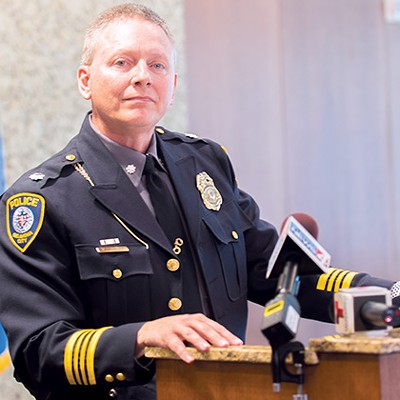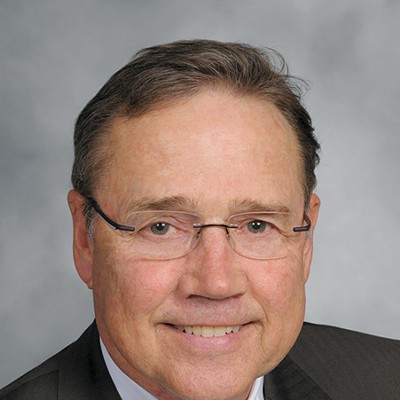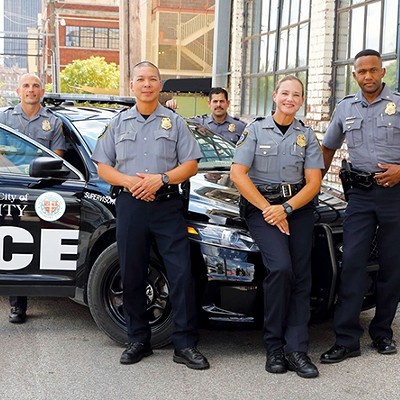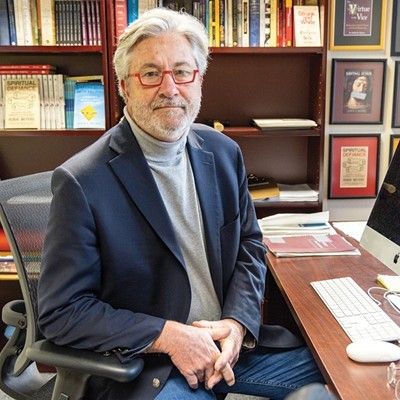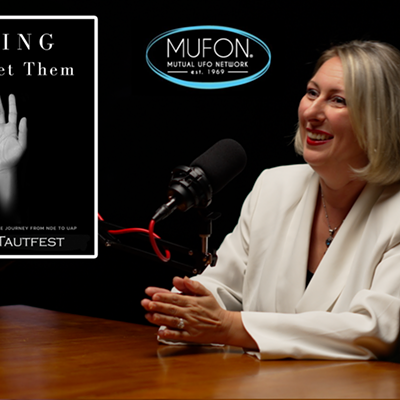Interesting, in light of his previous statement, “I’ve never seen this type of event in the 33 years I’ve been down here.” So which is it? What exactly does “running into guns at a much higher rate” mean, guns possessed by whom? The chief should release all relevant data to the public, for he needs to do some explaining.
The term “assault rifle” was coined by the military to describe rifles of intermediate caliber that could fire single shots or fully automatic (i.e. a machine gun) at the flip of a switch, like the M-16. Machine guns are restricted by the National Firearms Act of 1934, and are extremely difficult for a private citizen to own, so they’re presumably not what Citty meant.
Machine guns are rare, but semiautomatic guns, which fire one shot at a time, have been popular with the public for a century. While their appearance has changed, their basic operation has not, and they have not acquired some magical destructive power in the last two decades.
What’s changed is groups like the Violence Policy Center, losing support for banning handguns, created a new bogeyman by applying the term “assault weapon” to various semiautomatic guns based on vague, ever-shifting criteria. Features like folding stocks and bayonet lugs suddenly gave semiautomatic guns a mysterious “bullet-spraying” ability, but this failed to endear them to criminals, as various FBI studies showed the newly defined “assault weapons” to be used in less than 1 percent of violent crimes, before, during and after the 1994 “Assault Weapons Ban.”
The term “assault rifle” has become meaningless. It was used to describe the AR-15 Hector Escalante used to attack Officer Lawson, as well as the AR-15 Officer Lawson had in her cruiser, but couldn’t reach. Yes, Katie Lawson actually had more firepower at her disposal than her attacker. She was nearly killed not because she was “outgunned,” but because she was suddenly ambushed at close range in the darkness. And Escalante nearly got himself killed by Lawson’s quick response with her sidearm that drove him off before he finished shooting.
Chief Citty expressed dismay about being unable to trace the rifle from its legal sale at a Tulsa gun store to Escalante’s hands. Considering that both the suspect and the rifle, covered with the suspect’s fingerprints, are in custody, it’s not clear what Citty hopes to accomplish.
“I don’t quite understand why we don’t require some form of title like we do when we purchase a vehicle for somebody. It would benefit law enforcement tremendously when the guns are stolen or used illegally,” Chief Citty opined. How, exactly? After all, no one ever fakes license forms, and no one’s identity is ever stolen. And a family that conspires to murder a police officer over a drunken-driving beef would naturally comply with bureaucratic paperwork.
Chief Citty’s statements were loudly cheered by City Councilmen Sam Bowman and Pete White, which may explain his actions. The vast majority of firearm owners never committed a crime, and never will. Imposing restriction after restriction on them won’t hinder a criminal at all. Indeed, focusing on the former suggests you’re not serious about the latter.
Smith, a Yukon resident, is associate editor for Oklahoma Rifle Association's Sharpshooter magazine.

